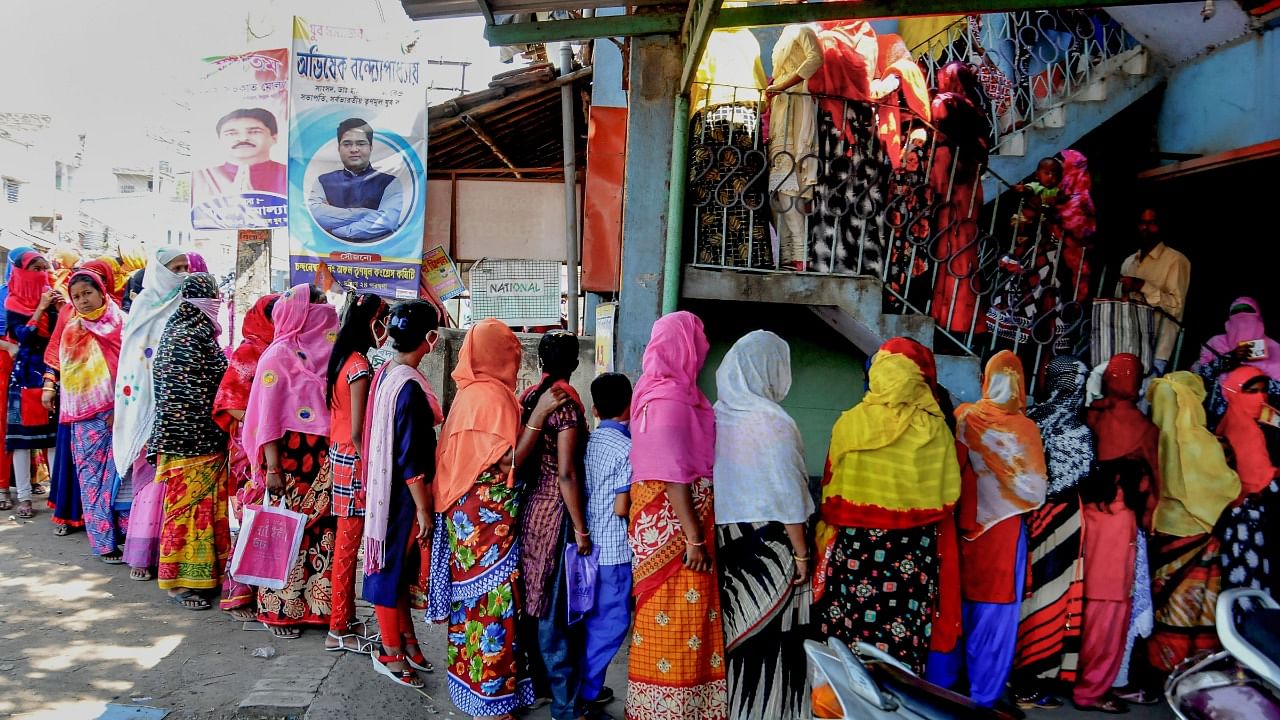
The Pradhan Mantri Jan Dhan Yojana (PMJDY) has not only helped to broaden the scope of financial inclusion providing banking services to the remotest corner of the country, but it has also enabled an environment that has reduced the incidence of crime.
According to an SBI Ecowrap report, states with higher PMJDY accounts balances have seen a perceptible decline in crime.
"We also observed that there is both statistically significant and economically meaningful drop in consumption of intoxicants such as alcohol and tobacco products in states where more PMJDY accounts are opened," the report said.
In India, over the years crimes have been increasing. In 2020, a total of 66 lakh cognizable crimes comprising 42.5 lakh IPC crimes and 23.4 Special & Local Laws (SLL) crimes were registered, with an increase of 30 per cent in registration of cases over 2018.
Crime rate registered per lakh population has increased marginally from 383.5 in 2018 (385.5 in 2019) to 487.8 in 2020. Crimes against women and children have increased by 7.3 per cent in 2018 and 4.5 per cent in 2019, however, there is a decline of 8.3 per cent in 2020.
To see the impact of Jan Dhan accounts on crimes, SBI Ecowrap report looked at the state wise data accounts level data of PMJDY both aNo of accounts' and 'Balance' and mapped with the state a number of total crimes' from 2016 to 2020. As crime data is available till 2020, it took into account 37 states and UTs and 5- years data (2016-2020) to build a panel data model. The estimated results indicate that with the rise in the number of PMJDY accounts and balance in these accounts leads to a significant fall in crime.
"This could be because of Jan Dhan-Aadhaar-Mobile (JAM) Trinity which has helped in better channelising the government subsidies and helped in curbing the unproductive expenditure such as alcohol and tobacco expenses in rural areas," the report said.
It also said that India has stolen a march in financial inclusion with the initiation of PMJDY accounts since 2014, enabled by a robust digital infrastructure and also careful recalibration of bank branches and thereby using the BC (banking correspondent) model judiciously for furthering financial inclusion.
Such financial inclusion has also been enabled by use of digital payments as between 2015 and 2020, mobile and Internet banking transactions per 1,000 adults have increased to 13,615 in 2019 from 183 in 2015. The number of bank branches per 1,00,000 adults rose to 14.7 in 2020 from 13.6 in 2015, which is higher than Germany, China and South Africa, SBI Ecowrap said.
Watch the latest DH Videos here: